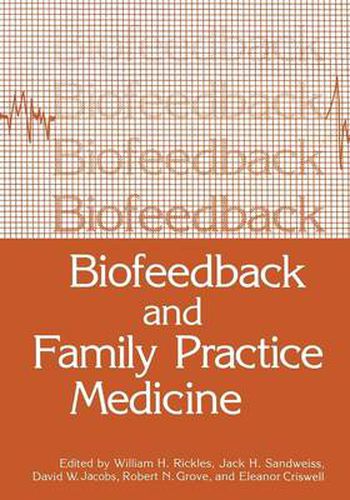Readings Newsletter
Become a Readings Member to make your shopping experience even easier.
Sign in or sign up for free!
You’re not far away from qualifying for FREE standard shipping within Australia
You’ve qualified for FREE standard shipping within Australia
The cart is loading…






This title is printed to order. This book may have been self-published. If so, we cannot guarantee the quality of the content. In the main most books will have gone through the editing process however some may not. We therefore suggest that you be aware of this before ordering this book. If in doubt check either the author or publisher’s details as we are unable to accept any returns unless they are faulty. Please contact us if you have any questions.
During the past five years there has been a reawakening of interest in the psychotherapy of patients with medical disorders characterized as psychosomatic. For three decades, psychoanalysis and psychoanalytic psychotherapy were used extensively to treat and study psychosomatic disorders. Early in the 1960s, interest in this approach to these conditions faded, and the *Psychosomatic Service* in most hospitals became the *Consultation Liaison Service* (Lipowski, 1967). The recent focus of biofeedback on psychosomatic conditions provides a new technique with which the physician or psychiatrist may treat these patients (Rickles, 1981). In addition, the successful application of biofeedback training to a variety of complaints such as those presented in this volume has heralded the addition of biofeedback to the treatment modalities used for medical complaints. Frequently, psychological factors can still be seen; for example, when biofeedback treatment may require lifestyle changes on the part of the patient, the exploration of secondary gains or resistances before the disorder can be success fully treated, and the establishment of rapport and empathy which is so important for truly effective biofeedback training. Aside from certain psychological dimensions that are always present in biofeed back training, in this case biofeedback is being used in a primarily medical setting for primarily medical complaints.
$9.00 standard shipping within Australia
FREE standard shipping within Australia for orders over $100.00
Express & International shipping calculated at checkout
This title is printed to order. This book may have been self-published. If so, we cannot guarantee the quality of the content. In the main most books will have gone through the editing process however some may not. We therefore suggest that you be aware of this before ordering this book. If in doubt check either the author or publisher’s details as we are unable to accept any returns unless they are faulty. Please contact us if you have any questions.
During the past five years there has been a reawakening of interest in the psychotherapy of patients with medical disorders characterized as psychosomatic. For three decades, psychoanalysis and psychoanalytic psychotherapy were used extensively to treat and study psychosomatic disorders. Early in the 1960s, interest in this approach to these conditions faded, and the *Psychosomatic Service* in most hospitals became the *Consultation Liaison Service* (Lipowski, 1967). The recent focus of biofeedback on psychosomatic conditions provides a new technique with which the physician or psychiatrist may treat these patients (Rickles, 1981). In addition, the successful application of biofeedback training to a variety of complaints such as those presented in this volume has heralded the addition of biofeedback to the treatment modalities used for medical complaints. Frequently, psychological factors can still be seen; for example, when biofeedback treatment may require lifestyle changes on the part of the patient, the exploration of secondary gains or resistances before the disorder can be success fully treated, and the establishment of rapport and empathy which is so important for truly effective biofeedback training. Aside from certain psychological dimensions that are always present in biofeed back training, in this case biofeedback is being used in a primarily medical setting for primarily medical complaints.